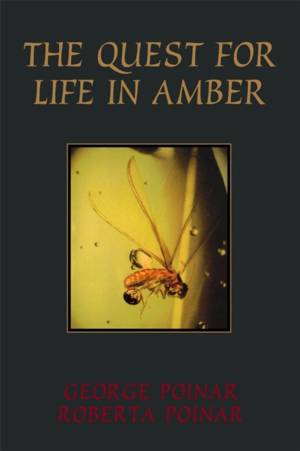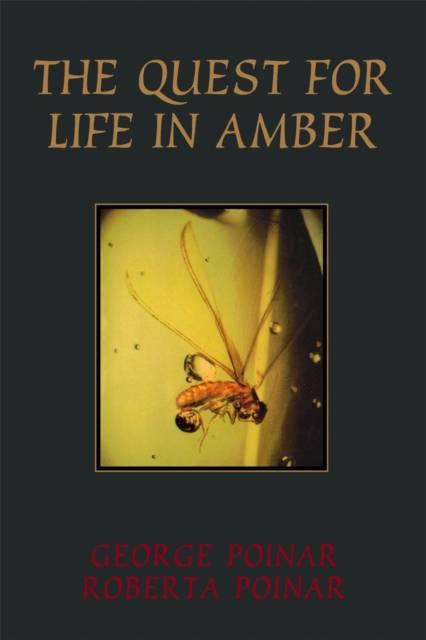
- Afhalen na 1 uur in een winkel met voorraad
- Gratis thuislevering in België vanaf € 30
- Ruim aanbod met 7 miljoen producten
- Afhalen na 1 uur in een winkel met voorraad
- Gratis thuislevering in België vanaf € 30
- Ruim aanbod met 7 miljoen producten
Zoeken
Omschrijving
George Poinar began collecting amber specimins over thirty years ago, but it was only recently that he, Roberta Poinar, and the rest of his research team astounded the scientific community with the news that they had obtained "live" DNA strands from an insect over 40 million years old. The news was so significant that it made headlines throughout the world. Since that time, their lab has remained extraordinarily active, and in the summer of 1993, they were able to announce the successful extraction of preserved DNA strands over 125 million years old. Thus, there is now DNA available for study dating from the early dinosaur period.In passages that read more like an Indiana Jones screenplay than a story about scientific research, the Poinars describe how what began as a hobby grew into a semi-obsession which ultimately led to a breakthrough scientific discovery. Along the way, they encounter all manner of unusual characters, from threatening black marketeers and gun-toting guerrillas to extraordinarily talented scientists, and of course, the luminously beautiful specimins captured in the still-life of amber.
Specificaties
Betrokkenen
- Auteur(s):
- Uitgeverij:
Inhoud
- Aantal bladzijden:
- 240
- Taal:
- Engels
- Reeks:
Eigenschappen
- Productcode (EAN):
- 9780201489286
- Verschijningsdatum:
- 1/01/1994
- Uitvoering:
- Paperback
- Formaat:
- Trade paperback (VS)
- Afmetingen:
- 156 mm x 235 mm
- Gewicht:
- 349 g

Alleen bij Standaard Boekhandel
+ 59 punten op je klantenkaart van Standaard Boekhandel
Beoordelingen
We publiceren alleen reviews die voldoen aan de voorwaarden voor reviews. Bekijk onze voorwaarden voor reviews.











